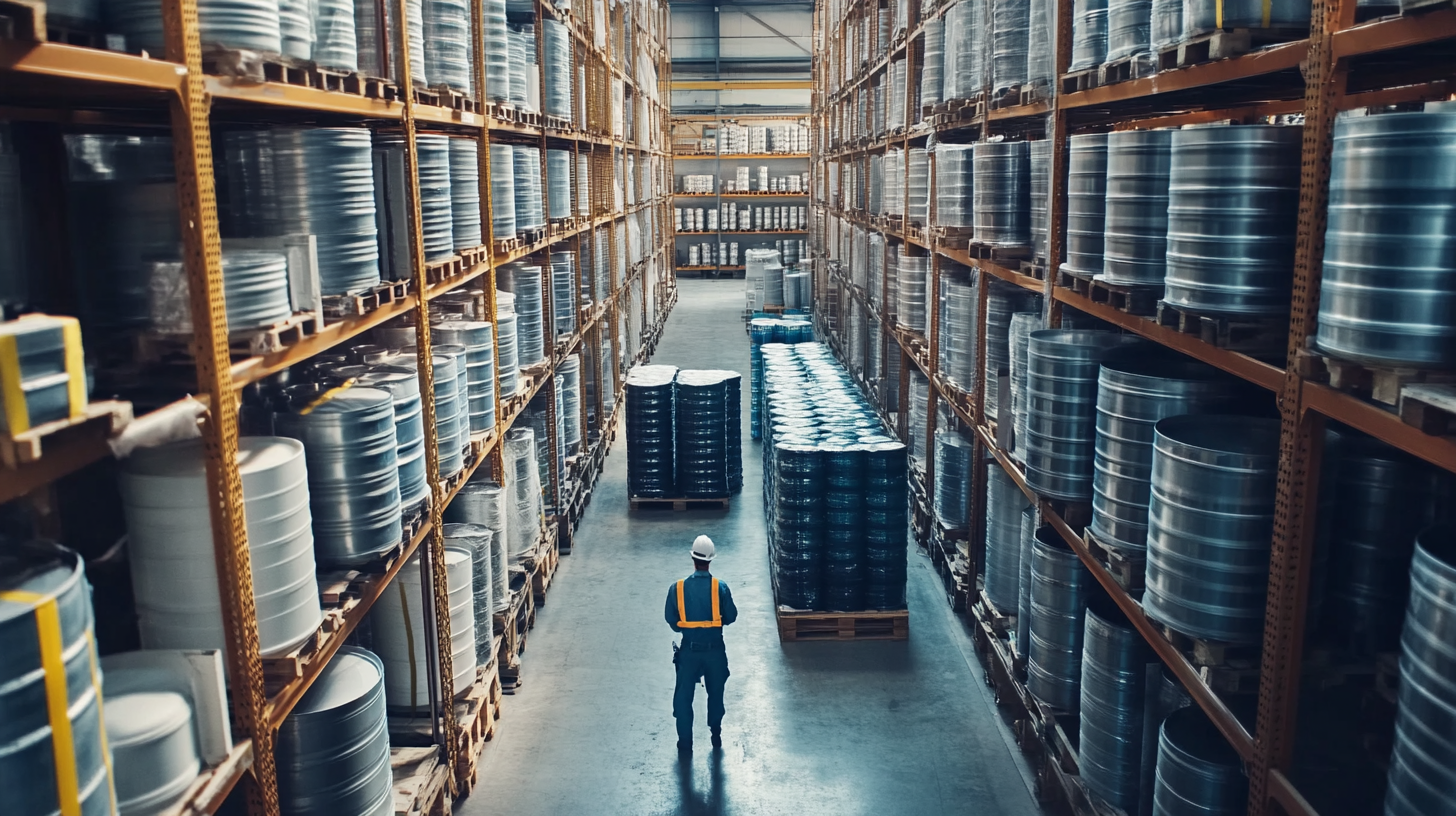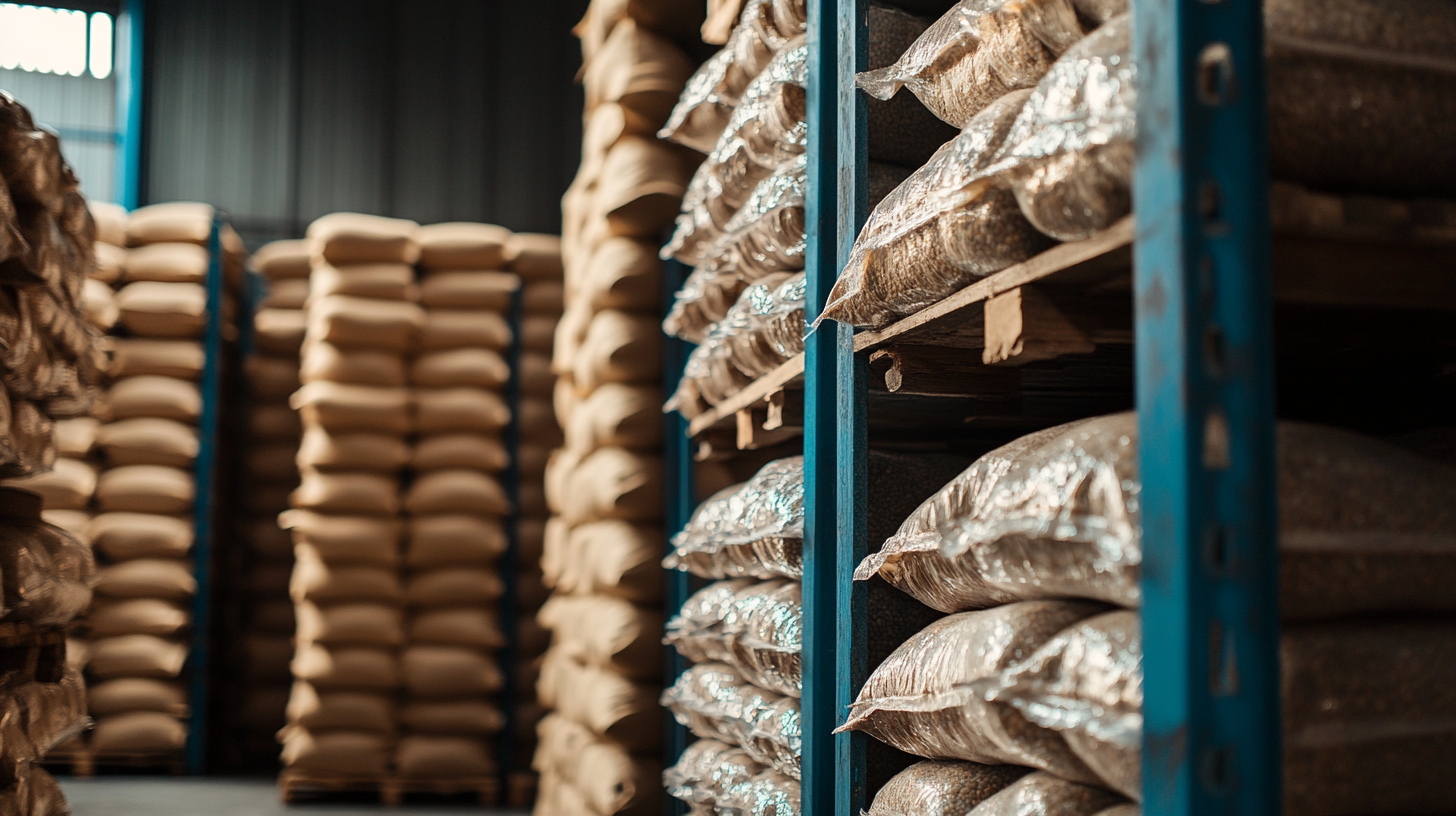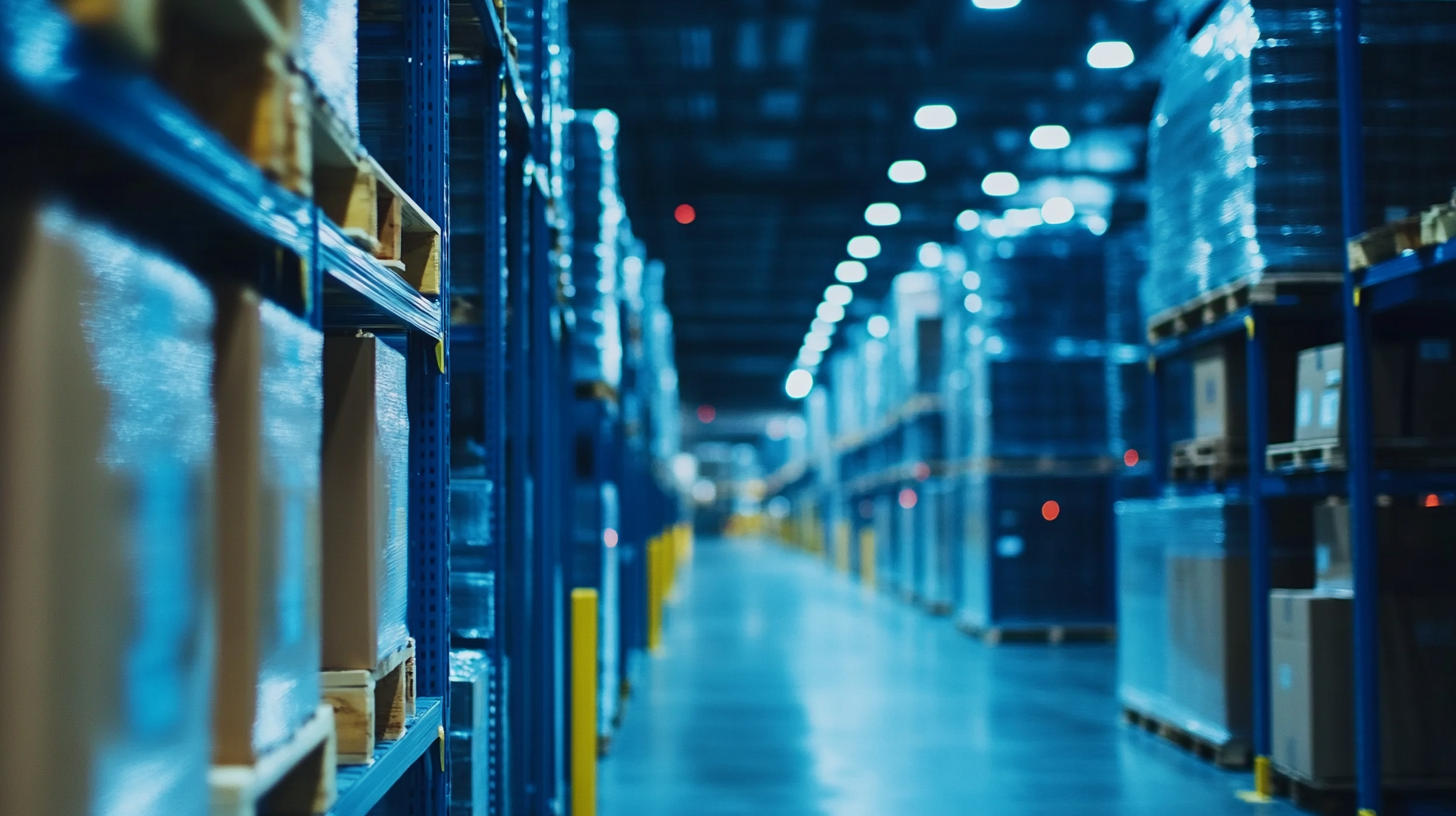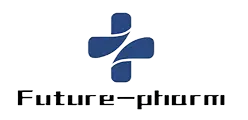
Discovering Reliable Supply Chains for Drug Raw Materials in a Competitive Global Market
Today's global economy is increasingly interlinked, and this demands that the pharmaceutical industry take a hard look at the assurance of reliable supply chains for drug raw materials. With projections putting the pharmaceutical raw materials market at $200 billion by 2025, it is ever more necessary to understand the dynamics of supply chain management. Reports show that geopolitical tensions and pandemics can greatly disrupt the availability of these essentials in any supply chain. Some 80% of the key raw materials come from imports, which means that manufacturers have become very vulnerable to the havoc international trade can create, making its sound sourcing strategy even more imperative.
While they try to meet the needs of tighter regulatory standards while also realizing the efficiency gains, pharmaceutical companies are looking for trustful suppliers. Reliable access to drug raw materials sustainability and safe public health as proclaimed by the World Health Organization. Therefore, the establishment of relations with trusted suppliers in many geographical lines can be that competitive edge and protection from shortages. This blog investigates the strategies and practices that can be employed in identifying credible and reliable supply chains for drug raw materials in an increasingly competitive global market.

Identifying Key Challenges in Sourcing Drug Raw Materials Globally
The global market for drug raw material sources is highly competitive as well as crucial for identifying critical sourcing challenges. The latest forecasts have indicated that tariffs on business-critical raw materials like organic chemicals and glassware will increase costs to the pharmaceuticals by up to $45 billion. The increased cost of manufacturing, therefore, makes it important for pharmaceuticals to form resilient supply chains against external shocks. On top of this, the random fluctuation of prices of traditional Chinese medicine ingredients raises the alarm among many Chinese herbal medicine companies. So far, prices have increased tremendously within the first half of the year and have placed these companies under heavy financial pressure. It makes an example of the risks accompanying sourcing raw materials from a highly volatile market where their price stability decides the operational viability of a firm. But also, the recent advances in artificial intelligence and microstructured material design are seen as brightening prospects in drug-screening processes. The latest pioneering study carried out by Ren Jie's team from the School of Physical Science and Engineering, in collaboration with researchers at Shanghai Jiao Tong University, illustrates the way innovation can reduce some of the sourcing burdens by increasing drug-development efficiencies. The changes indicate a paradigm shift in the way one looks at sourcing, not just from traditional sources but also with cutting-edge technologies in the areas by further strengthening supply chains against possible shocks.

Analyzing the Impact of Market Competition on Supply Chain Reliability
In the rapidly changing arena of the global pharmaceutical market, reliance on supply chains for the raw materials of drugs has become a pressing need for the producers. As competition increases among the suppliers and the demands of the patients always for better quality drugs, understanding how the market forces shape the reliability of supply chains becomes imperative. Market competition drives innovation and efficiency and forms a basis for suppliers to modify their working practices in line with the strict requirements of pharmaceutical companies.
In competing for market shares, their effortless brainstorming spree might lead them to the conclusion of investing on technologies that streamline production processes and improve inventory management. This would further account for having reliable supply chains, as the suppliers employ best practices and standards which minimize disruptions. However, a competition environment may also create troubles as well, for one such may cornered cost-cuttings or fail to divulge weaknesses or the counterpart quality control issues to its potential partners.
Moreover, globalization of drug production increases difficulties in the process of ensuring supply chain reliability. The strategic geographic dimension is also added to the competition when suppliers are sited at different locations across multiple regions. Companies that build inter-company ties and channels of communication with partners active in other geography will have a better supply chain. For example, when evaluating potential suppliers, companies now consider prices and quality attributes of inputs, but also the suppliers' ability to adapt and withhold their resilience in global competition. Such sustainability will require strategic partnerships and continuous commitment to quality and accountability to develop a robust supply chain in this scenario.

Evaluating Quality Control Standards in Pharmaceutical Raw Material Supply Chains
The pharmaceutical industry and the supply chain for raw material have constantly been changing; hence any mention of the importance of stringent quality control is an understatement. With global competition reaching its peak, it has become imperative for drug manufacturers to ensure that their raw materials come from reliable and compliant suppliers. This assessment entails a comprehensive understanding of suppliers' compliance with regulatory requirements and maintaining quality during the entire lifecycle of production.
In short, the whole quality control standard provides a framework from raw material production and distribution to the pharmaceutical field. Through testing and certification, the industry is being proactive regarding preventing the dangers of poor-quality raw materials that can put patients' health and product efficacy at risk. Regular audits, evaluations of suppliers, and adherence to international guidelines foster an atmosphere of accountability and transparency throughout the supply chain.
This approach can also be enhanced through technologies such as blockchain for raw materials tracking, thus taking it to another level in terms of quality control. This mode of real-time monitoring and traceability guarantees that all materials conform to required specifications before entering the manufacturing circle. Therefore, while pharmaceutical companies tread through an intricate web of a competitive global market, a proactive quality control mindset not only creates a good name for the companies involved; it also assures adherence to the ever-changing regulatory landscape.

Leveraging Technology for Enhanced Transparency in Supply Chain Management
There is a greater emphasis on transparency in the supply chain for the raw materials of drugs in this new age of competitive global market. Using technology would further not only ensure that the challenge of opacity in sourcing is addressed, but also advance overall supply chain sustainability. Apprehensions about environmental impacts have made businesses adopt different innovative options towards the incorporation of transparency into their operations. One such undertaking would include the use of AI and blockchain solutions. With real-time tracking of materials, such technologies will go ahead to allow manufacturers to manage the supply chains efficiently backed by informed decisions prioritizing sustainability.
Indeed, the supply chain transparency goes further than compliance; it becomes a strategic advantage that ensures trust and accountability with stakeholders. Clear reporting practices within the business, alongside the software that describes the properties of each component in the supply chain, will reduce the risk of sourcing and enhance the overall performance of the business. Reports such as the latest release from CISA on software component transparency highlight the fundamental understanding of both licenses and ownership of materials-the necessity for a transparent supply chain in the current complicated market environment.
The more digitalized logistics and adopting IoT technologies changed the way companies handle their supply chains. Digital transformation by logistics firms achieves a more collaborative and responsive supply chain view through data aggregation from different sources. This, among other benefits, enhances supply chain efficiency and sustainability. It only means attaining the highest level of transparency through technology is today not just an operational necessity but an integral step to a resilient and eco-friendly supply chain.
Understanding Regulatory Compliance and Its Effect on Sourcing Strategies
In the global competition of pharmaceutical raw materials, knowledge of the applicable regulations becomes most important concerning sourcing strategies. Trade-offs favoring regulatory considerations permit companies to yield great advantages in stakeholder credibility and market access. Compliance with local and international regulations (FDA in the U.S.A. and EMA in Europe) imposes control over the safety and quality standards of raw materials being sourced, preventing risks from arising due to product recalls and creating consumer and health professional confidence in these companies.
The complexities involved in understanding the regulatory requirements can also have an effect on the sourcing decision-making. If manufacturers choose to go down the road of compliance in some of their sourcing channels with stringent regulations, partnership with suppliers having a past experience of compliance seems to be the only answer. Good relationships with reputed suppliers put a company in a position to obtain quality raw materials with the least possible risk of the suppliers' non-compliance, which, when left unchecked, could trigger vast legal claims and tarnish the corporate image.
Also, they should continuously keep themselves updated on changing regulations and new emerging standards across regions. This knowledge can empower timely modifications in their sourcing strategies, thus giving them a competitive edge in the fast-changing market ecosystem. Aligning sourcing practices to regulatory expectations will guarantee that pharmaceutical companies comply, together with improving overall operational efficiency and sustainability in the supply chain.
